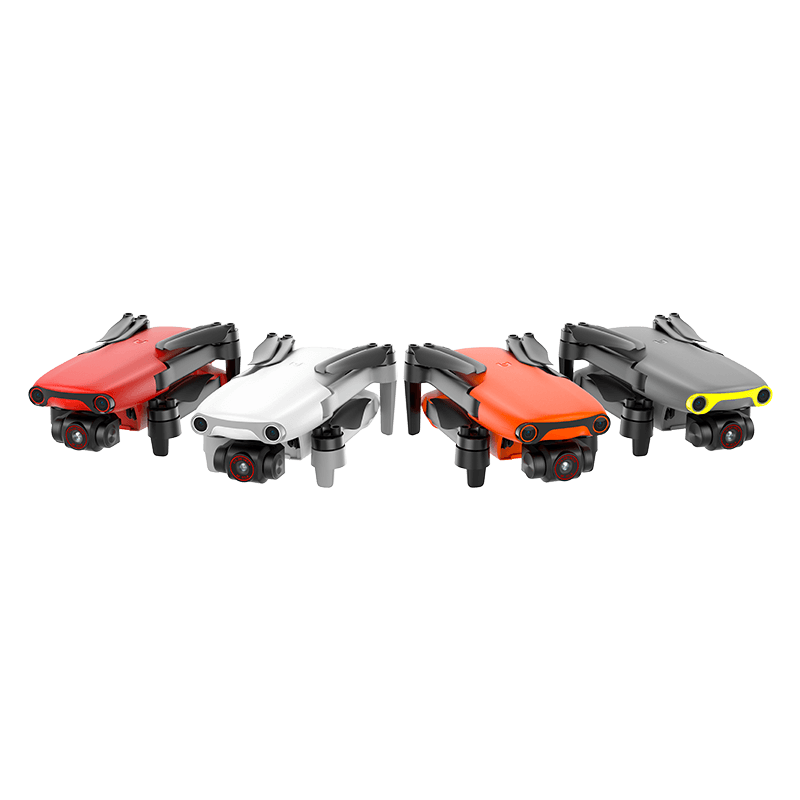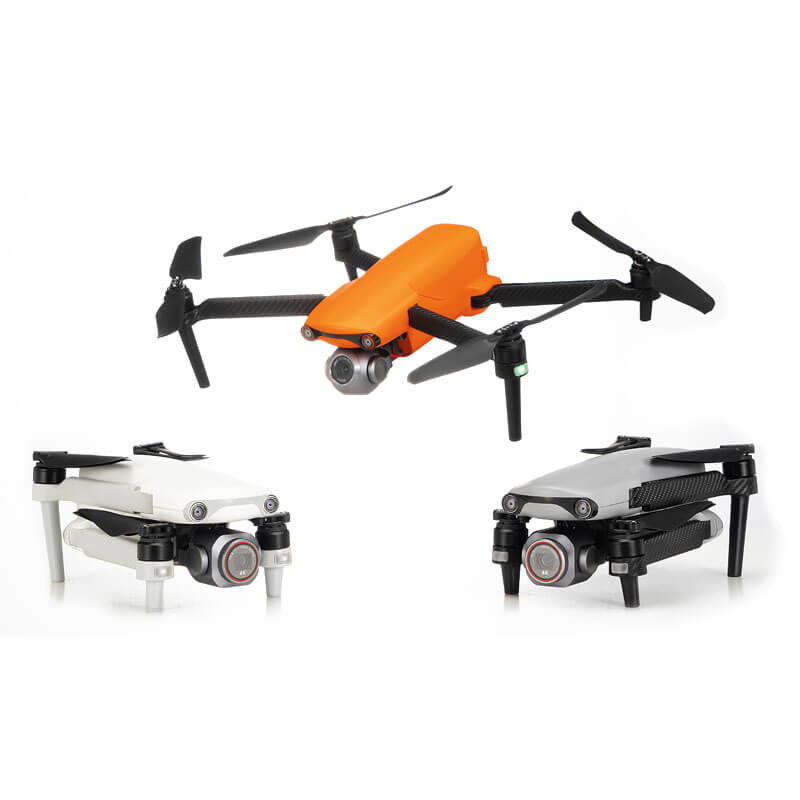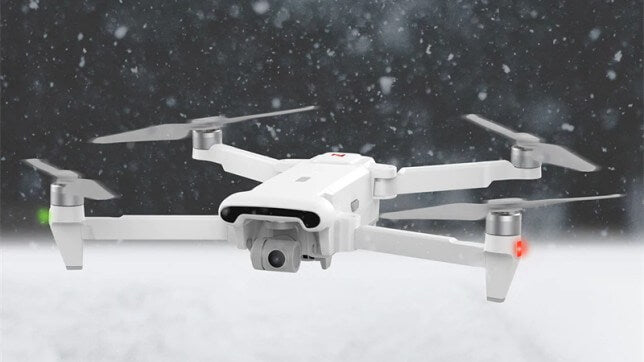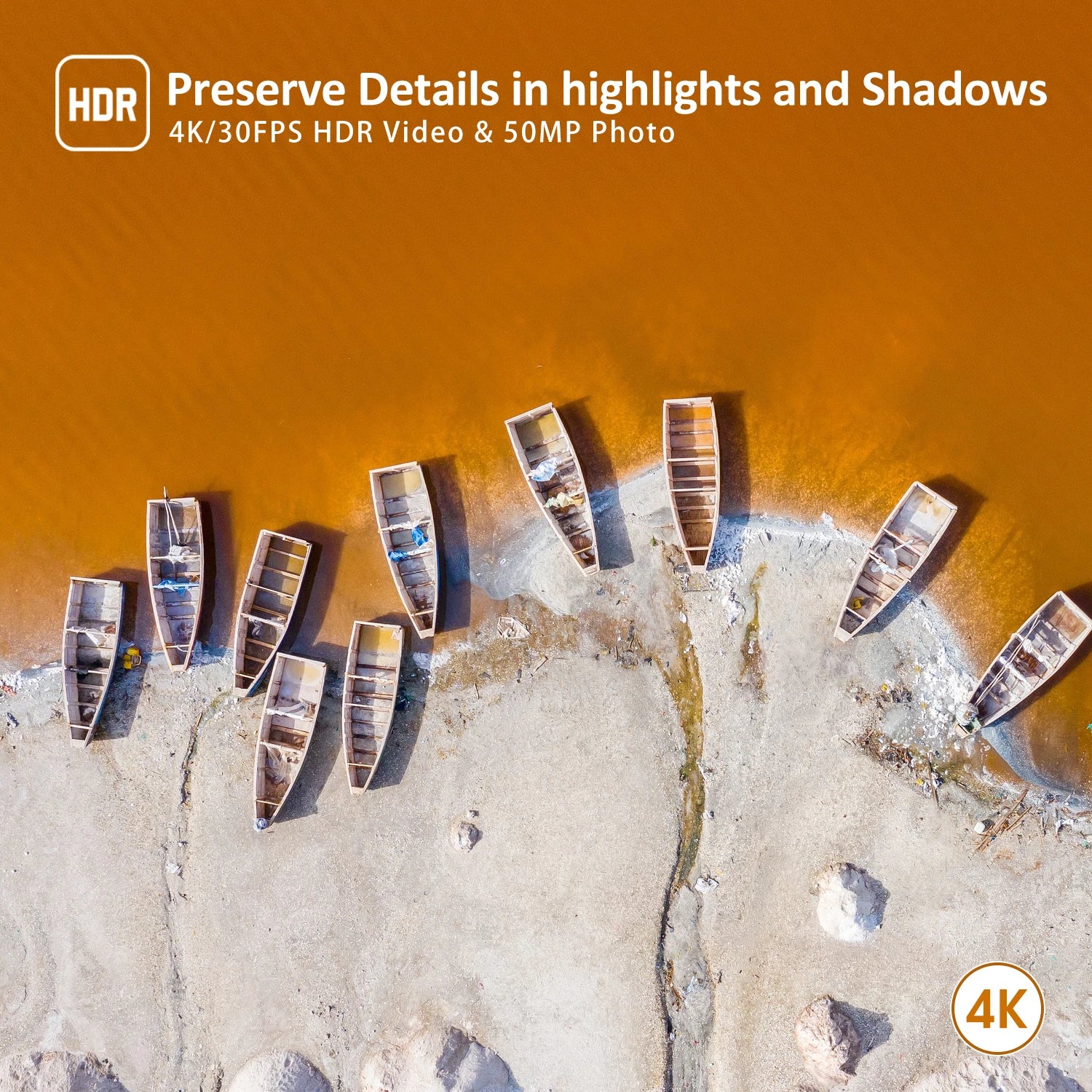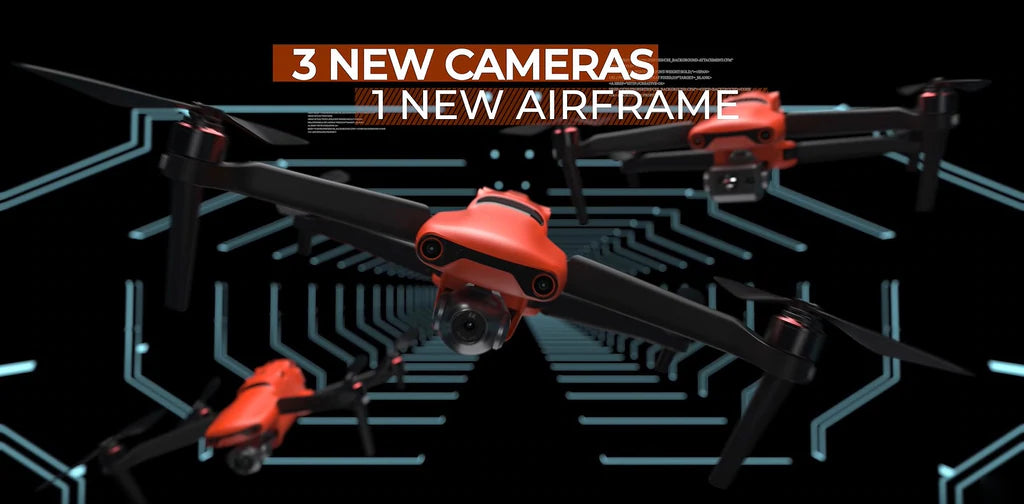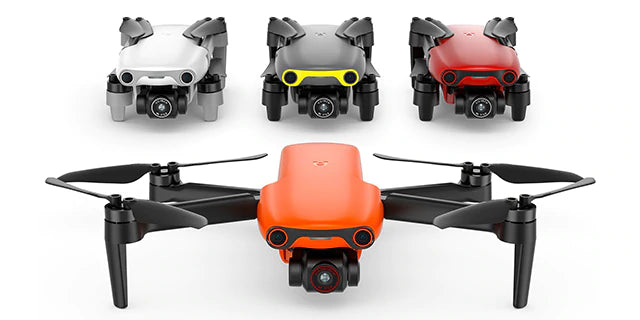Autel Robotics has announced a firmware update for their new EVO Nano, the EVO Nano Series of drones has always been our popular mini drone series, the small size of the drones and the powerful cameras are ideal for drone hobbyists of choice.

At least on paper, no matter what. The Autel EVO Nano Drone has a very impressive feature set.
Three-axis gimbal with 4K UHD 60FPS camera
Front and rear (computer vision) and rear (infrared sensors) obstacle avoidance systems
3.3 inch built-in OLED screen remote control with 720p live video
30 minutes flight time
Speeds up to 20 meters per second
4300 mAh lithium battery, 1.3 hours charging time
7 km (4.2 mi) range
Autel Explorer app allows smart flight features and more
The biggest standout feature of the Autel Evo Nano over the competition is its obstacle avoidance. Rumor has it that the DJI Mini 3 will feature obstacle avoidance, but for now, the Autel Evo Nano (and Nano+) are the only drones on the market under 250g that offer this feature. This is a big deal for many drone users, and it works well in my experience.

It features a windless flight time of 28 minutes. I'm actually close to 24 to 25 minutes or so, but with three batteries in the Premium Bundle it still provides a decent amount of flight time for your video when you just want to get some behind the scenes footage, build up footage Blog scrolling. The Autel Evo Nano Premium Bundle also comes with three battery charging pads, so when you leave one in the air, you can charge the other two from the power bank if you want to keep using it longer. If you only have the base pack with one battery, you'll have to charge it through the drone itself.
The Autel Evo Nano has a 3-axis gimbal with -125° to 35° pitch, -34° to 33° roll, and -25° to 25° yaw (pan), which results in some very smooth shots. You can also manually adjust the pitch angle while flying to point straight down, straight ahead, or anywhere in between. You have GPS, GLONASS and Galileo so the drone always knows where it is, and that information is relayed back to your smartphone via the controller - which operates at 2.4Ghz and provides an unobstructed range of up to 10km (but Remember to follow line sight rules where you are flying!)
The Autel Evo Nano drone can shoot up to 12-megapixel DNG raw files as well as 48-megapixel JPG images. Excellent noise reduction and the ability to easily produce high-quality images in low-light conditions, the latter sounds impressive. Although the Autel Evo Nano's image transmission system has a transfer quality of 2.7K/30FPS, if you're downsizing to access the web and just want to snap some quick photos to post to social media, using 12-megapixel DNG raw files is also very useful. outstanding.
On the Autel Evo Nano drone, Autel Robotics added a 1/1.28" (0.8") CMOS sensor, f/1.9 large aperture, RYYB color filter array design, these color profile options can be perfectly matched to a beautiful , flat outlines with low contrast and saturation, which we can correct and toning in post. For still image and video capture, up to 50MP photos and Ultra HD 4K HDR video at 30fps, the flat profile will be useful.
The Autel Evo Nano range offers a maximum wind resistance rating of 5, which means it should be able to handle winds of up to 19-24 mph, and it seems to handle winds of that speed well. You can definitely feel it struggle a bit, but it's certainly not beyond any imagination.
Its flight time of 30 minutes surpasses the original DJI Mavic Pro and is on par with the new Mavic Pro Platinum at $1,099. It flies a slightly faster 20m/sec compared to the Mavic's 17.9m/sec. This combined with dynamic tracking and a 3-axis gimbal should make it easy to track moving subjects. The Autel Evo Nano+ offers the ability to track fast-moving subjects with incredible precision via the PDAF + CDAF dual autofocus system.
When it comes to pure flight speed, you get options of 5m/sec (11mph), 10m/sec (22mph) and 15m/sec (33mph). At the 15m/sec setting, you're pushing the gimbal's stabilization limit and the sensor's rolling shutter limit, but there's an option to prioritize video, which will adjust the drone's flight characteristics to help ensure the available footage doesn't wobble.

